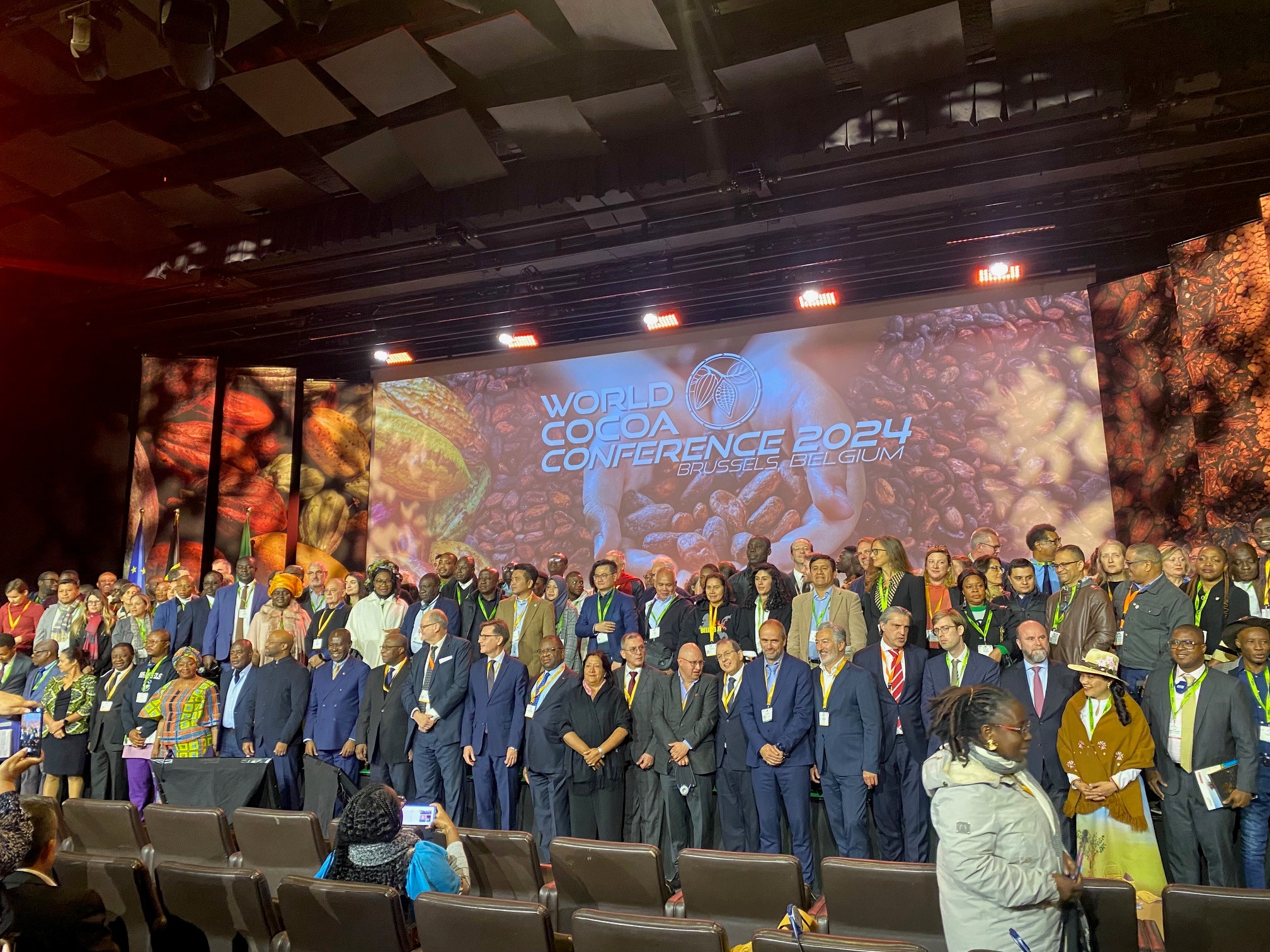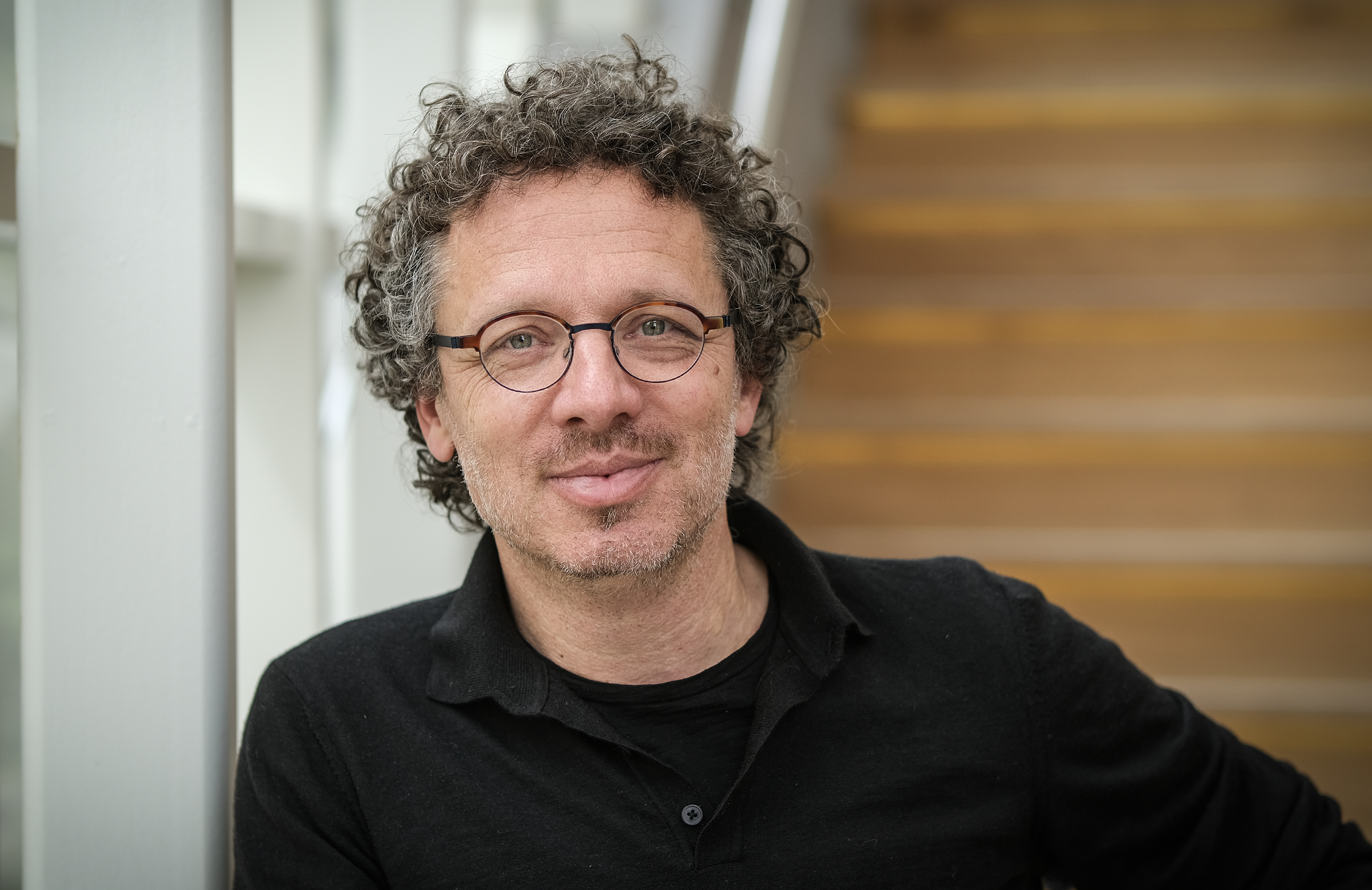The doctor and his moped
He couldn’t wait until he was 16, when he bought his long-coveted Puch moped in Nijmegen and rode it back to Maastricht, his hometown. “It broke down three metres from the finish line”, laughs Bing Tan. But the bike has been part of his life ever since. A head and neck oncologist, he even used a piece of its inner tyre for a medical innovation in Indonesia. This is the story of the doctor and his moped, both now back in Maastricht.
“The Puch represented freedom and belonging”, Tan recalls. “I was probably the first person in Maastricht to ride around with a helmet. That was important to my parents, and I understood why. The father of a friend was a surgeon who saw all the misery at the emergency department, so that friend wasn’t allowed to ride a moped. My father specialised in internal medicine, so he was spared from seeing all that.” Even as a boy, Tan was fascinated by mopeds and cars. Tinkering with them, improving them, souping them up. But he also knew from a young age that he wanted to be a doctor, so it was never more than a hobby – a very dear hobby. “That scooter used to be my life.”
‘Dr Tan’s Puch’
In 1995, when Tan was living in The Hague, he was lucky enough to buy a brand new Puch frame from a Puch fanatic. Lucky, because those frames, still wrapped in the original crepe paper, were no longer for sale. Combined with its revamped engine, his Puch was like new again. When in the late 90s he was running late for work at the Antoni van Leeuwenhoek hospital, he hauled it out of the garage. His two daughters waved him off from behind the window. The nursing department even gave him a number plate with the words Puch dokter to mark his spot in the hospital’s bike racks.
Zapping tumours
Around the same time, he began working on projects in Indonesia, his father’s native country. The goal was to improve head and neck oncological care in a country with very limited facilities. By then Tan was an expert in photodynamic therapy (PDT), used to treat tumours in the oral cavity and elsewhere. The patient is injected with a photosensitive substance, after which the tumour is lit up with a laser, ready for zapping. The key is to prevent the light from reaching places outside the tumour, because it also destroys healthy tissue. And that’s where the inner tyre of the Puch comes in.
Finger up your nose
“If you were to stick a finger really far up your nose and another in your ear, at the place where they would touch is your nasopharynx”, the doctor explains patiently. “Tumours in that space, known as nasopharyngeal carcinomas, are much more common in Indonesia than in Europe. To improve treatment outcomes we wanted to use PDT with these patients.” The laser light is administered through a tube that enters through the mouth and exits via the nose. To prevent the light from also coming into contact with the vulnerable soft palate, something had to be attached to the applicator – something black. “I saw the tyre of the Puch sitting right there, and it worked perfectly!”


Stepping back
Two years ago, at the age 63, Tan was invited to return to Maastricht to spend a few more years passing on his knowledge, including on PDT. And so the doctor and his moped came back to the place where it all began. Although he and his wife prefer to cycle around the Limburg countryside, he has every intention of getting out on the old Puch now and then. Granted, the search for parts can be challenging, as is finding the time to tinker. And who knows: maybe he’ll just get rid of it one day. “That used to be unthinkable. That moped was my life. But at some point you have to take a step back from everything.”
Everything is temporary
This is the lesson he learnt from working with seriously ill people. Colleagues laud his respect for quality of life, and his ability to really listen to want patients want. “I find it an honour to do this kind of work; you’re guiding people through a very difficult period. And what I’ve learnt is that there are no guarantees. When someone asks me how long they have to live, I say, ‘Between five minutes and 50 years, and even that’s not guaranteed’. It could all be over tomorrow, tonight even. If you accept that you’re going to die sometime, it’s easier to let go. And that makes you happier. After all, everything is temporary.”
Bing Tan (1953) is a head and neck oncologist at the Maastricht UMC+ and professor of ENT specialising in head and neck surgery and oncology. He is also the first holder of a chair for foreign professors at the Gadjah Mada University in Yogyakarta, Indonesia.
Text: Femke Kools
Photography: Philip Driessen
Also read
-
Moving on your own to a new country with a different culture and language and without a support network can be challenging. Master's student Beverlianne Green therefore quickly realised she wanted to get involved with the local community. Through the Personal & Professional Development Portal of...
-
Fair and Smart Data (FSD) researcher Niklas Mensing attended the World Cocoa Conference in Brussels this year. In his blog, he shares personal learnings and thoughts from the conference proceedings and highlights some of the industry's core issues.
-
Drawing blood, inserting an IV, or looking into the ear; even seemingly simple medical procedures can cause anxiety, pain, and stress in children. According to pediatric intensivist Piet Leroy, comfort and trust are just as important as the medical treatment itself. Therefore, he is researching how...

